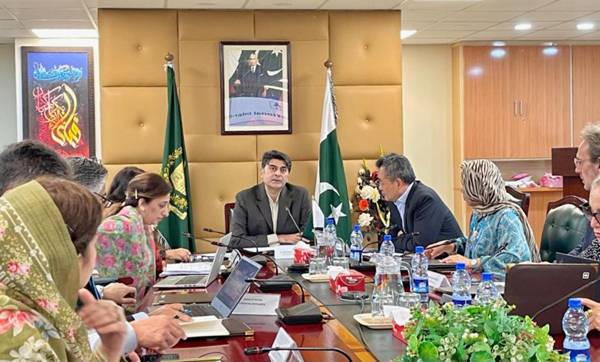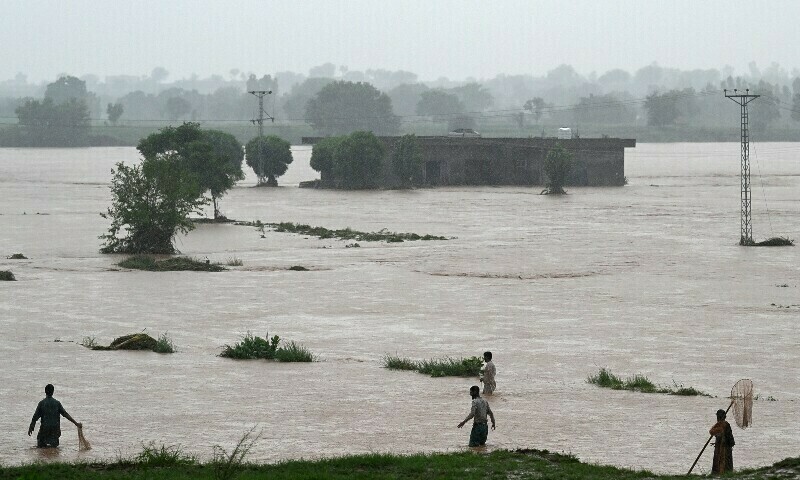A bombshell just entered Tom’s Watch Bar: The reality show “Love Island” spiked major sales this summer.
Despite being known as a haven for sports fans, events centered on the reality television series — known for drama-filled dating antics in the “Love Island” villa — were among the most popular events hosted this summer.
Tom’s Watch Bar is a chain of 16 screen-filled restobars that cater primarily to sports fans, cofounded by industry icon and food scientist Tom Ryan and former Quiznos CEO Rick Schaden.
Last November, Ryan and Schaden named Brooks Schaden, Rick’s cousin, and Shannon McNiel co-CEOs to succeed them in leading the company. And the new leadership may have found new soul ties with its latest promotion geared at reality TV lovers.
The very first “Love Island” event, held on a steamy Monday evening earlier this summer in Sacramento, drove a nearly 900% rise in sales during the otherwise slow sports season, with hundreds of people lined up to watch, Schaden told Business Insider.
“Normally we’ll do a couple thousand dollars in sales — there’s just not much going on in the summer at that property,” Schaden said. But with its flagship “Love Island” watch party, he added that the store made $30,000 in sales in a single night. “So it was a massive, massive increase.”
Tom’s Watch Bar
Normally, big-ticket events at Tom’s Watch Bar are football and baseball games, soccer matches, and UFC fights. But fans can be fickle and hard to predict, so the chain is susceptible to big fluctuations in foot traffic. Schaden said that during opening baseball week for the Rockies, the Denver location made $2,000 on Wednesday and $220,000 that Friday.
Being prepared for wild swings in customer demand turned out to be a superpower when the “Love Island” events started, Schaden said. Tom’s Watch Bar was able to roll out regular watch parties for the show, which airs new episodes multiple times a week, at all of its locations for the rest of the summer.
Schaden said the dating show’s watch parties, featuring commercial-break entertainment by local DJs and influencers, were consistently attended more than most other summer events. Cast member Kenzo Nudo attended the Vegas location for the dating show’s season finale, as did family members of cast member Chris Seeley in Los Angeles.
On “Love Island” nights, the chain’s lavender lemon drop martinis surged to become its No. 1 selling item — rather than the typical beer and wings usually topping the sales charts.
Tom’s Watch Bar
“That week leading up to the finale, we’ve got pictures and videos of our places just packed with ‘Love Island’ fans and cheering and crying,” Schaden told Business Insider.
He added: “It was quite a shock to us, but I think our biggest takeaway was, it’s the same way people are with sports: people want to connect with other enthusiasts of whatever it might be, and we want to provide a place for them all to get together and cheer and laugh and cry and whatever else might go along with it.”
Banking on the success of the “Love Island” parties, Schaden said Tom’s Watch Bar is now looking to engage with other groups of enthusiasts at their own watch party events. Think slap fighting, dog surfing, or other reality TV smash hits.
Perhaps “90 Day Fiance” fans will soon rejoice.














